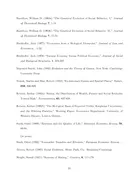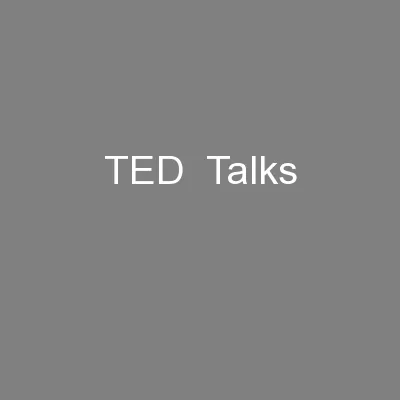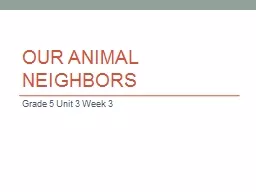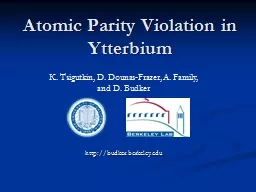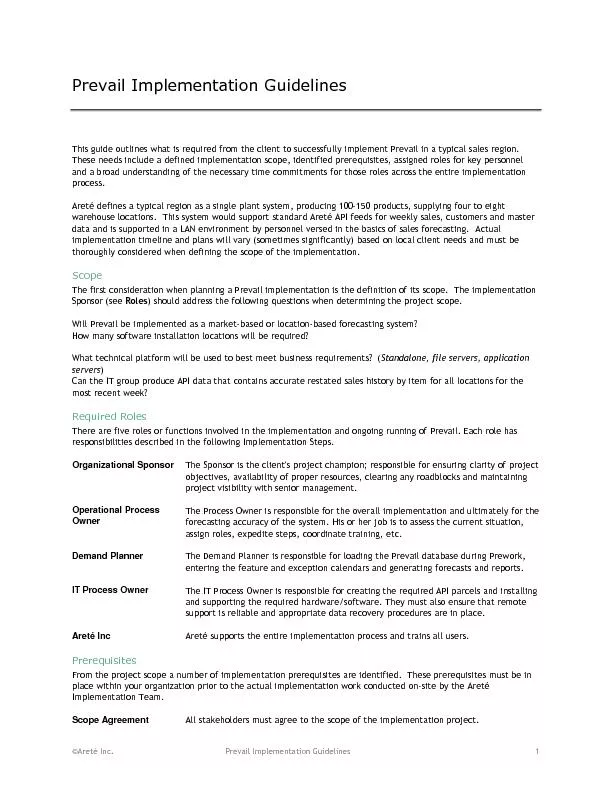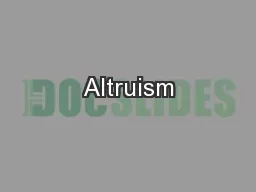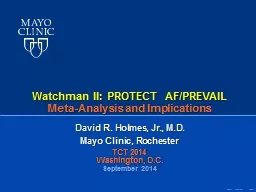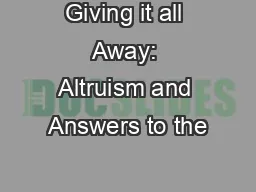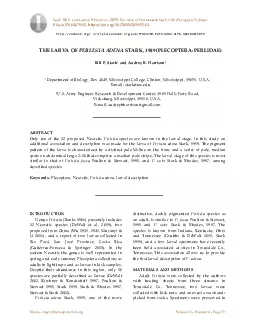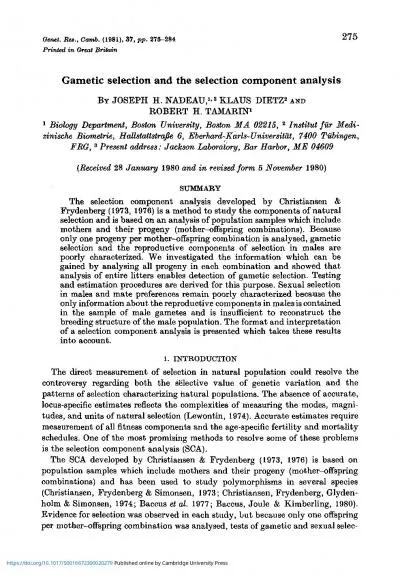PDF-How Altruism Can Prevail Under Natural Selection by Ted Bergstrom and Oded Stark University
Author : trish-goza | Published Date : 2015-02-01
We might also expect that evolutionary pressures tend to produce sel64257sh behaviorwith the notable exception of the relation between parents and o64256spring But
Presentation Embed Code
Download Presentation
Download Presentation The PPT/PDF document "How Altruism Can Prevail Under Natural S..." is the property of its rightful owner. Permission is granted to download and print the materials on this website for personal, non-commercial use only, and to display it on your personal computer provided you do not modify the materials and that you retain all copyright notices contained in the materials. By downloading content from our website, you accept the terms of this agreement.
How Altruism Can Prevail Under Natural Selection by Ted Bergstrom and Oded Stark University: Transcript
Download Rules Of Document
"How Altruism Can Prevail Under Natural Selection by Ted Bergstrom and Oded Stark University"The content belongs to its owner. You may download and print it for personal use, without modification, and keep all copyright notices. By downloading, you agree to these terms.
Related Documents

